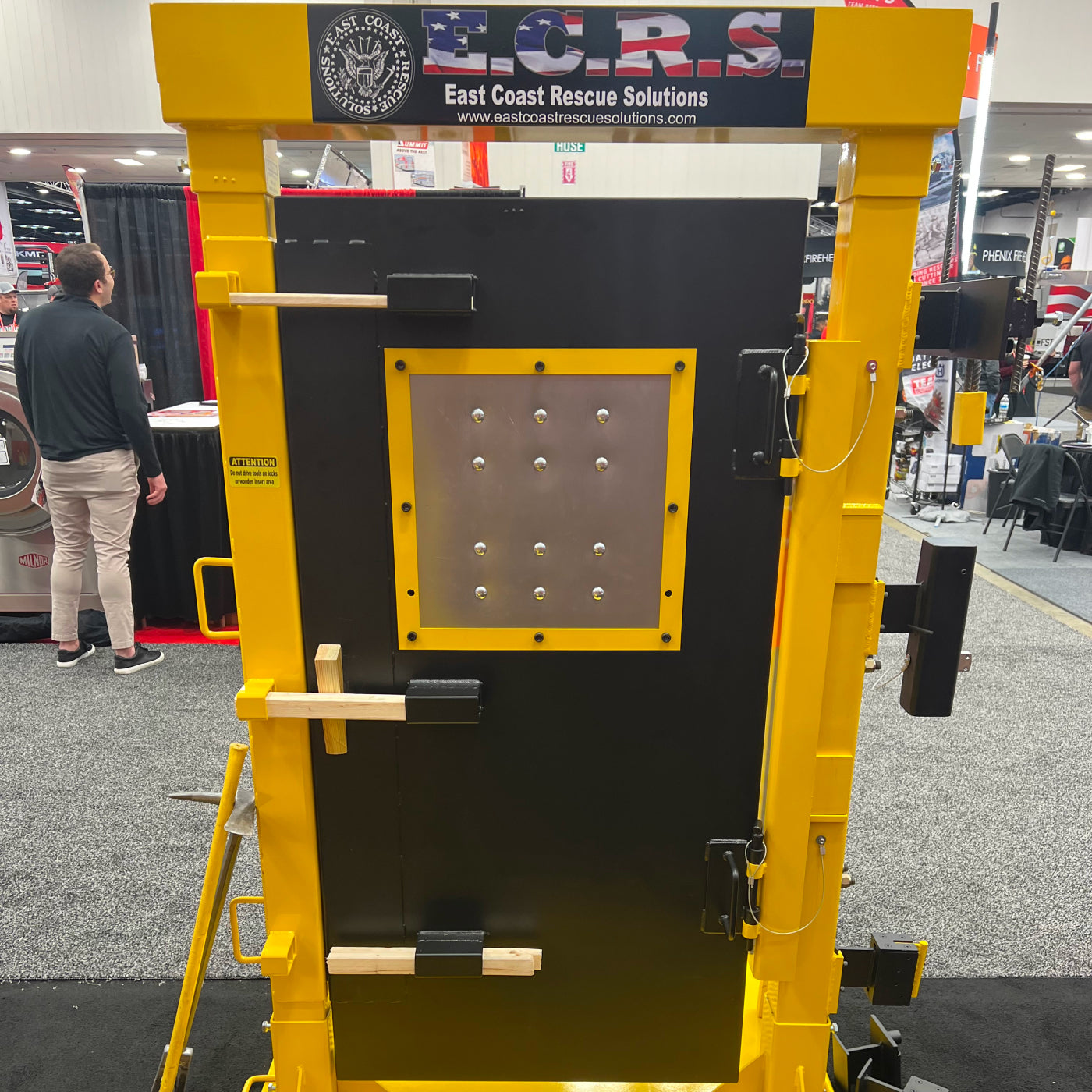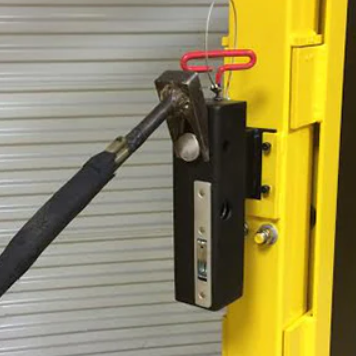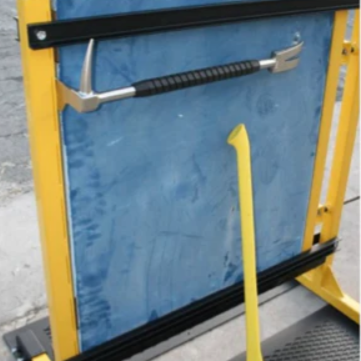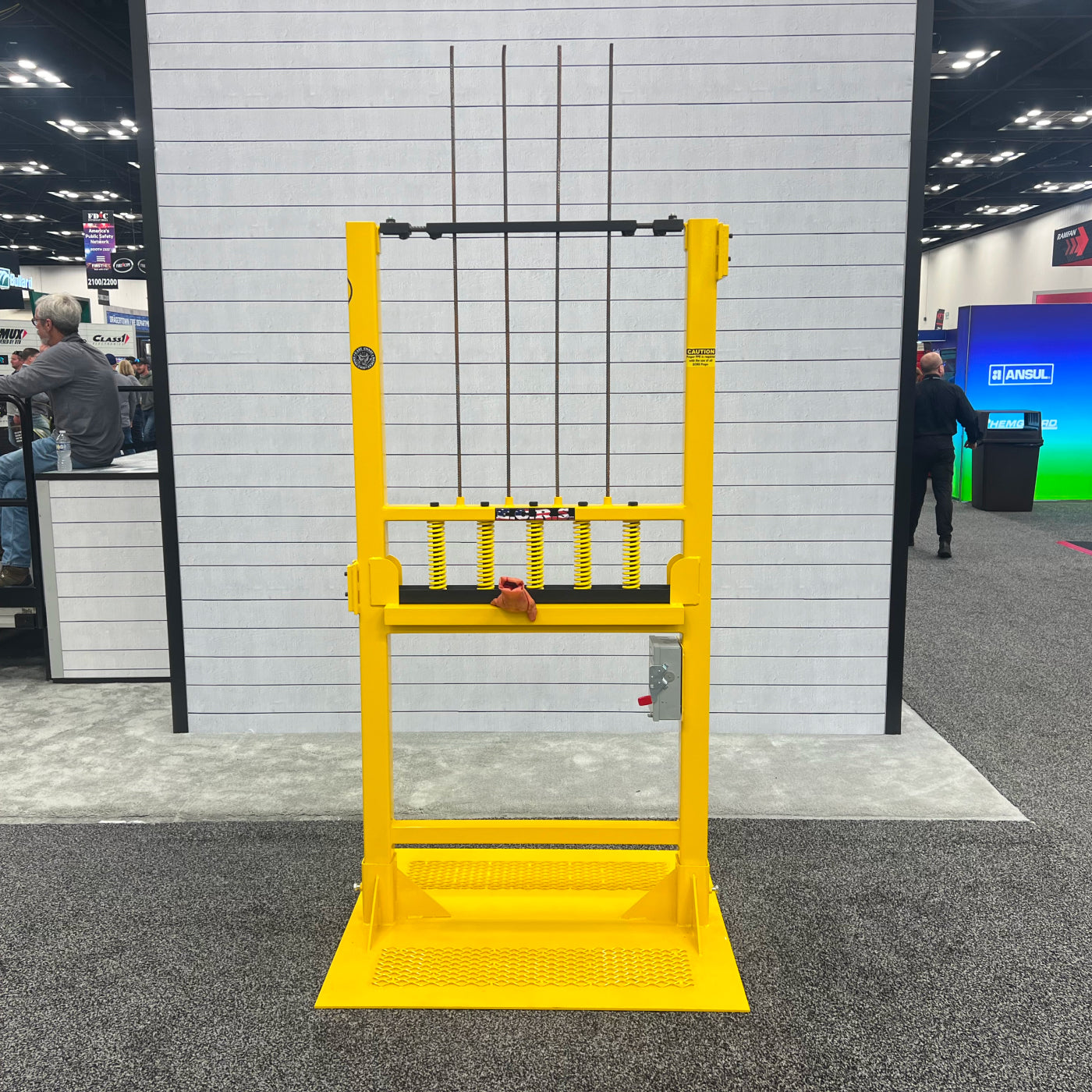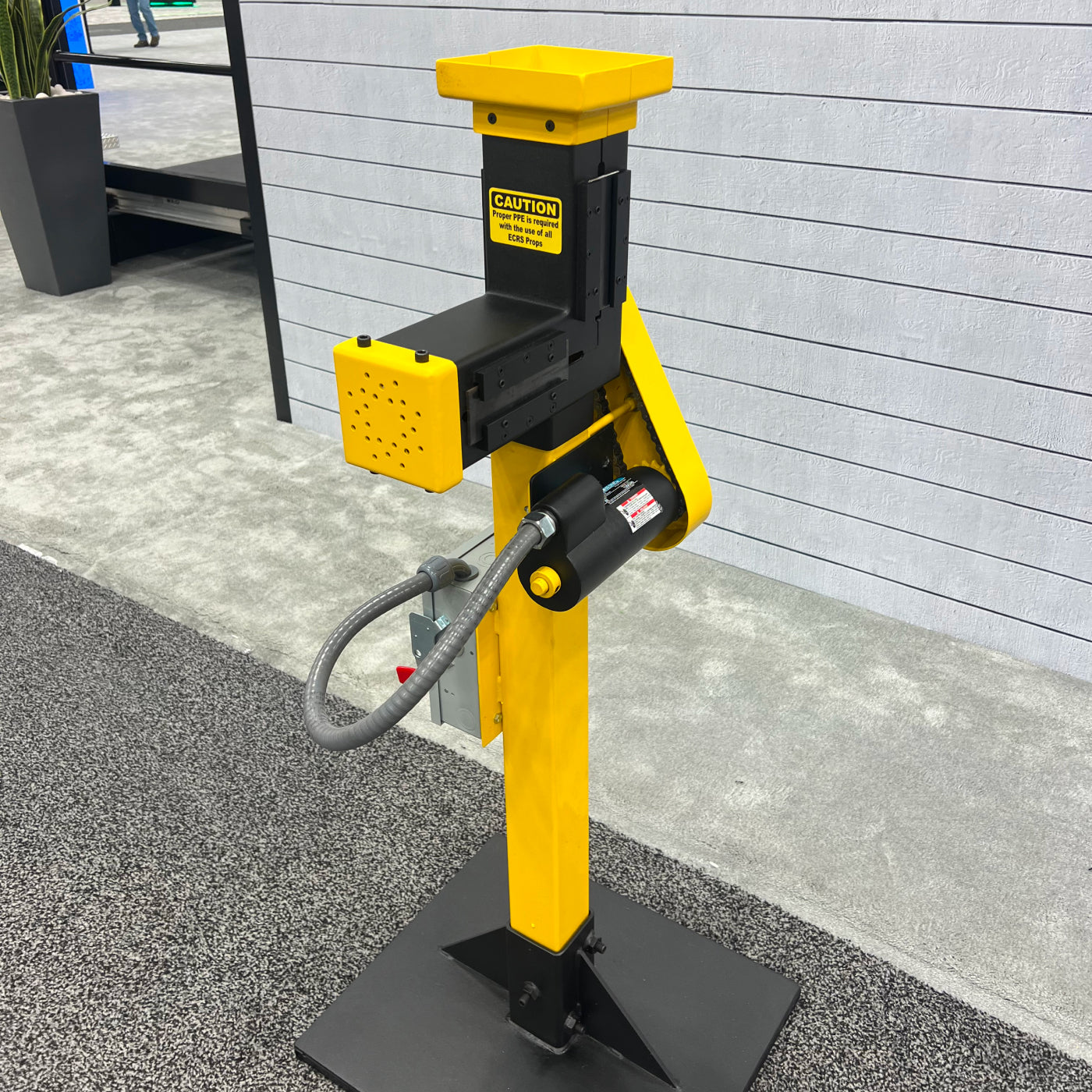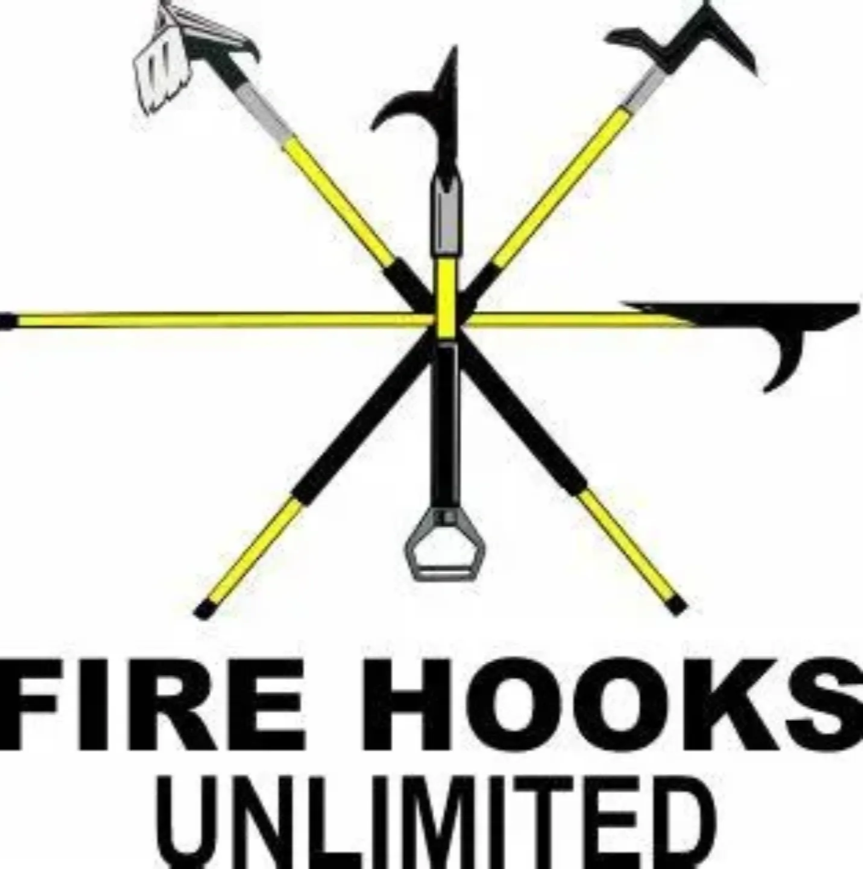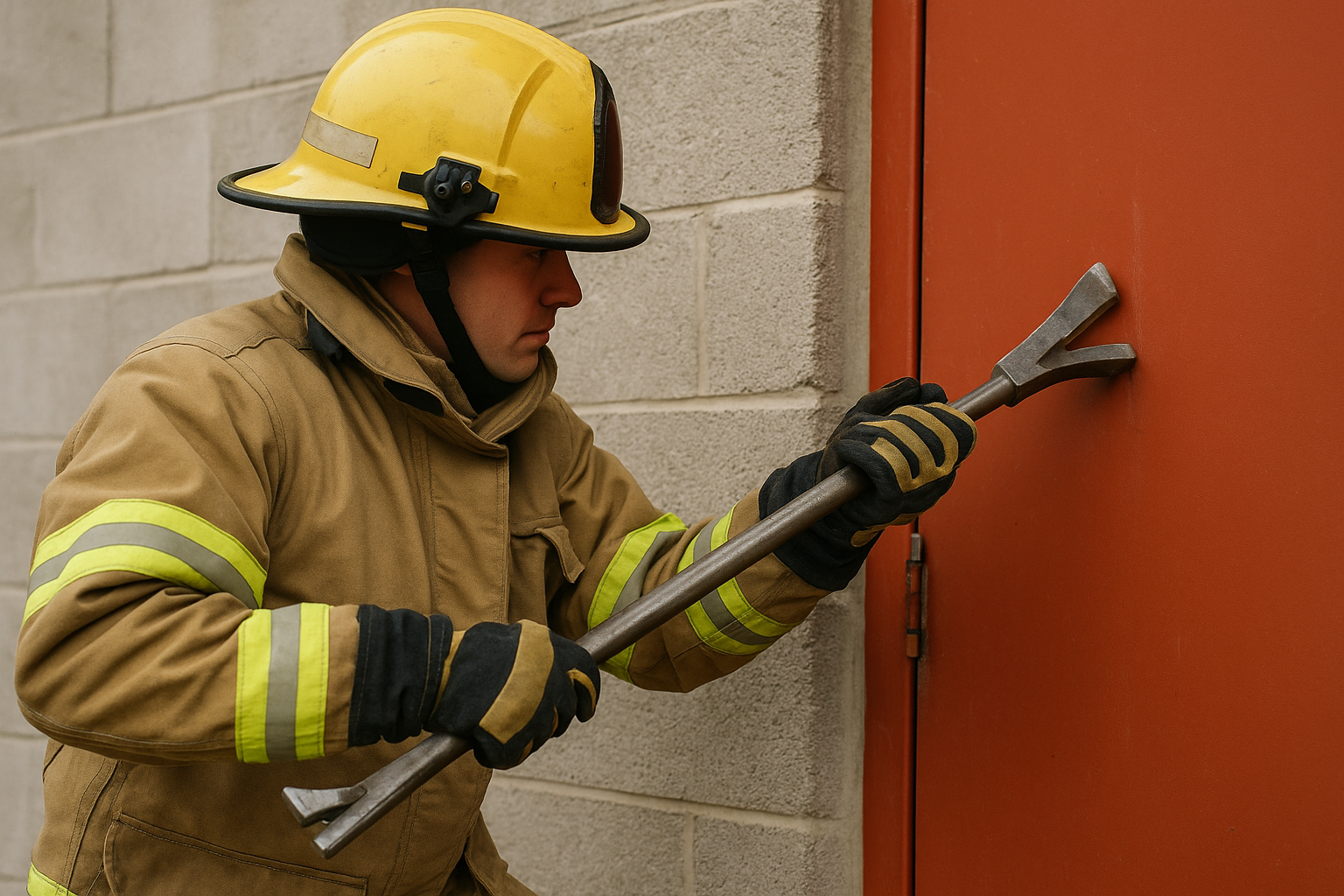Few firefighting tools are as iconic—or as universally respected—as the Halligan bar. For over seven decades, this multi-purpose forcible entry tool has been a trusted companion to firefighters across the globe. Its design, adaptability, and unmatched effectiveness have cemented its place in firefighting history. This article explores the Halligan tool’s origins, development, and modern-day advancements.
The Birth of the Halligan Bar (1948)
The Halligan tool was invented in 1948 by Hugh Halligan, a First Deputy Chief of the Fire Department of New York (FDNY). At the time, firefighters used a variety of improvised tools for forcible entry, many of which were unreliable or cumbersome.
-
Inspiration: Halligan wanted a single, versatile tool that could replace multiple pieces of equipment.
-
Early Use: The FDNY initially hesitated to adopt the design officially, but firefighters quickly recognized its potential and began acquiring Halligans privately.
Original Design and Features
The original Halligan bar combined three functional components:
-
Adze – A wedge-shaped blade for prying doors and windows.
-
Pike – A pointed spike for punching or piercing materials.
-
Fork – A curved claw for gripping, twisting, and leveraging.
This combination allowed firefighters to perform prying, twisting, punching, and striking tasks with a single tool—revolutionary for its time.
Adoption and Popularity
By the 1960s, the Halligan bar had become standard issue in many fire departments. Its pairing with a flathead axe to form “the irons” set became the go-to forcible entry solution.
-
FDNY Influence: The FDNY’s use of the tool quickly inspired other departments nationwide.
-
Versatility: Firefighters discovered new ways to use the Halligan, from breaching walls to shutting off gas valves.
Refinements and Variations
Over the years, several improvements and variations of the Halligan emerged:
-
Pro Bar (1970s): Fire Hooks Unlimited created the Pro Bar, a one-piece, drop-forged version that maintained Halligan’s original specs but improved durability.
-
Mini Halligans: Shorter versions designed for confined-space operations.
-
Titanium Halligans: Lightweight, non-sparking models for hazardous environments.
-
Combination Tools: Integrated Halligan features with sledgehammers or other tools for specialized use.
The Halligan in Modern Firefighting
Today, the Halligan remains the gold standard of forcible entry tools. Modern manufacturing techniques ensure high-quality steel and ergonomic designs. Training academies worldwide teach Halligan use as part of basic firefighter education. Its influence even extends beyond firefighting, with tactical teams and rescue crews adopting variations of the tool.
Legacy and Cultural Impact
The Halligan bar has become more than a tool—it’s a symbol of firefighter ingenuity and resilience. Its iconic silhouette appears on department logos, firefighter tattoos, and challenge coins. For many firefighters, mastering the Halligan is a rite of passage.
Conclusion
From its humble beginnings in 1948 to its role as an indispensable part of modern firefighting, the Halligan bar’s history is a testament to innovation driven by necessity. Its evolution has shaped firefighting tactics and saved countless lives. As technology advances, the Halligan’s core design remains a powerful reminder that sometimes, the simplest tools are the most effective.

